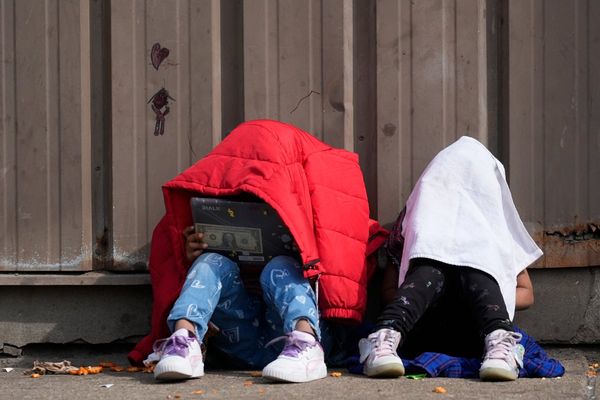
Ikea, Shein, Zara, and H&M are global retail brands that have been criticized for years because of their focus on inexpensive, trendy goods, often made from unsustainable materials.
Fast fashion, especially, has been linked to climate change, labor abuses, and economic instability, which may be why these brands appear to be taking a second look at their "disposable" goods.
In fact, these brands are all encouraging their customers to participate in the secondhand economy and making it easier for them to do so by setting up their own peer-to-peer marketplaces similar to Meta Platform's (META) Facebook Marketplace, eBay (EBAY) , and Craigslist.
Don't miss the move: Subscribe to TheStreet's free daily newsletter
Customers can shop online through H&M's "Preloved," or Zara's "Pre-Owned," which lets customers buy, sell repair, or donate. Ikea's "As-is Online" allows people to view and reserve gently used products online.
Fashion-focused secondhand businesses that aren't limited to single brands have become buzzy over the last few years. Think publicly traded markets like The RealReal (REAL) , ThredUP (TDUP) and Poshmark (POSH) , which sell everything from luxury handbags from Louis Vuitton to outdoor products like Patagonia parkas, to name just a few. Still, the online shopping experience at these businesses has some complications for consumers, according to a new report.
Related: H&M is the latest victim of an alarming shift in consumer behavior
Second-hand consumers question what they see online
A September 2024 survey from Morning Consult detailed what motivates people to shop secondhand—or not.
Thirty-eight percent of the 2,024 U.S. adults surveyed said they don't shop secondhand because they are not convinced they will receive items in their promised condition. Another 31% said they didn't shop secondhand because of "frustrations with the return process," if one even exists. Another 27% said they didn't trust they would receive the items at all.
The report suggests online retailers have to combat the bad reputation some online sellers have, earned or not, to continue to grow their customer base.
And there are certainly opportunities to capture more customers. According to ThredUp's 2024 Resale Report, the secondhand apparel market will reach $350 Billion by 2028. That's 3X the growth of the overall apparel market.
Read more on secondhand retail:
- H&M is making a change that will thrill its eco-conscious customers
- Cleaning Out Your Closet? These Are The Non-Luxury Brands Reselling For Most
- Goodwill makes a surprisingly modern move
Underconsumption movement emerges
A 2015 study found production and use of household goods and services were responsible for 60 percent of global greenhouse gas emissions. Obviously, one way to reduce this number is to produce and consume less.
Some online influencers have even tried to encourage their followers to buy secondhand and consume less, even though many of them make money (and lots of it) by selling products to their followers.
The "underconsumption" trend has been all over social media in recent months. Take this post from Jess Cliftonn who says she is finding new passions to replace her need to shop.
@jess.cliftonn What freed me from the overconsumption loop was finding passions & creative outlets that replaced my need to shop. Whatever you think you need right now, you probably don’t. Remember, we have everything we need right now to be happy in this moment 🫶 #underconsumption #deinfluencing #deinfluencer #consciousconsumer #simpleliving #slowliving #underconsumptioncore #granolagirl #sustainable
♬ Don't Know Why - Norah Jones
Also on TikTok, Sophie Hinn writes "all of her furniture is thrifted, gifted, repurposed or handed down."
@sophie_hinn I could make a series out of this 😂 #underconsumption
♬ Don't Know Why - Norah Jones
"Shopping secondhand when you’ve determined you do need to buy something is in line with the underconsumption ethos," said Claire Tassin, retail & e-commerce analyst on behalf of Morning Consult. "Conceptually it’s great. In order to be more sustainable people should shop their closets and try to restyle what they have before buying anything new-to-them."
Still, Tassin believes the secondhand economy is strong.
"The secondhand economy has been pretty stable for some time. I do think the next phase of growth, particularly for digital secondhand, is in building trust with new secondhand shoppers. The returns challenge is a barrier for buyers – people have been spoiled with free returns shipping and generous policies when buying new, but the same policies don’t make sense for secondhand," Tassin added.
Related: Veteran fund manager sees world of pain coming for stocks







